Extreme travel pushes boundaries, taking you to remote places or challenging environments where the unexpected can happen at any moment. While the thrill of adventure is what draws many, safety should always come first to make sure those experiences end with great stories, not regrets.
Here is a list of 15 safety tips for extreme travel that help you prepare, stay aware, and handle whatever comes your way. From gear choices to mindset, these tips balance caution with excitement so you can explore boldly but wisely. Traveling in extreme conditions demands respect for the risks—and the right moves can keep those risks manageable.
Plan thoroughly before you go
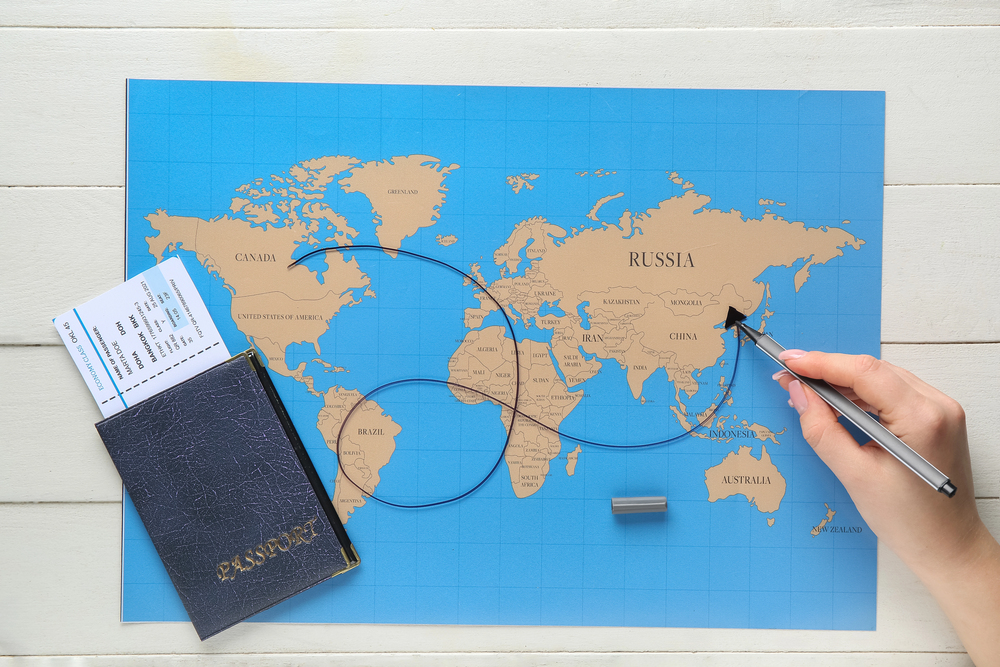
Proper planning is the foundation of safe extreme travel. Research your destination in detail—understand the terrain, weather patterns, local laws, and any known hazards. Prepare backup plans for emergencies, such as alternative routes or evacuation options, especially in remote areas. Let someone trustworthy know your itinerary and check in regularly if possible. A well-thought-out plan reduces surprises and gives you the confidence to handle challenges ahead.
Pack the right gear
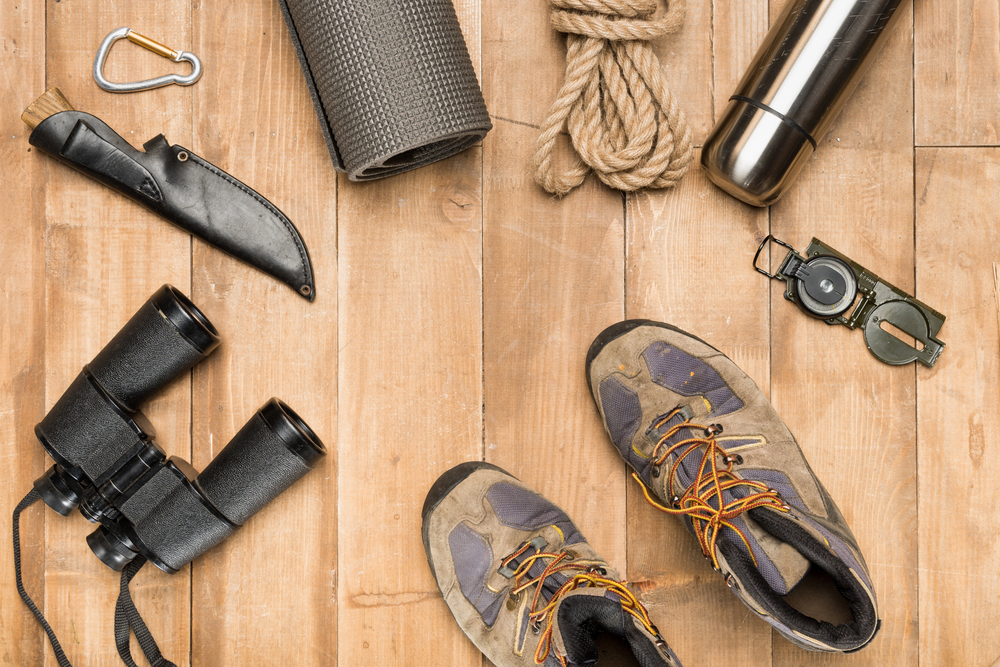
Having appropriate gear can be a literal lifesaver. Choose equipment designed for the specific environment—whether it’s durable hiking boots, thermal layers, or specialized climbing tools. Don’t skimp on safety essentials like first aid kits, reliable communication devices, and navigation tools such as GPS or maps. Carry backups for critical gear, like batteries or flashlights, since replacements might not be nearby. Good gear doesn’t just make your trip comfortable—it prepares you to face emergencies.
Stay physically prepared
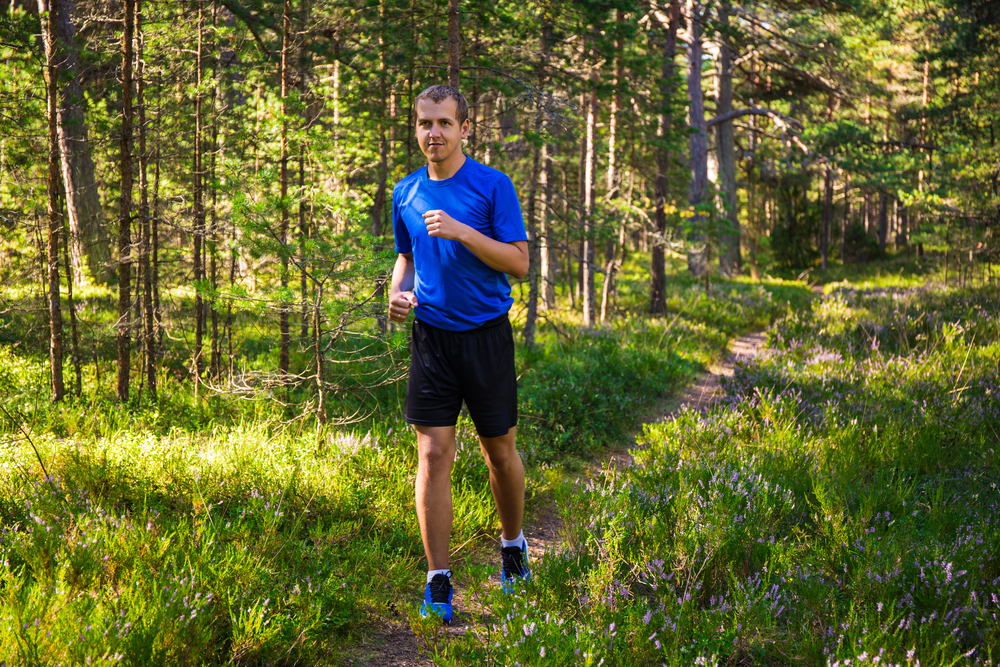
Extreme travel often demands peak physical condition. Build your stamina, strength, and flexibility before heading out, focusing on exercises that match your adventure’s demands. Conditioning your body helps prevent injuries and keeps you energized throughout your trip. Remember to listen to your body during travel and don’t push beyond safe limits—fatigue can cloud judgment and increase risks. Staying fit isn’t just about performance; it’s a safety investment.
Learn essential skills

Knowing how to react in tough situations can make all the difference. Take courses or train in first aid, navigation, and survival techniques relevant to your destination. Skills like recognizing dangerous wildlife, handling sudden weather changes, or performing CPR boost your confidence and safety. Even simple knowledge of how to start a fire or signal for help can prove crucial. Practical skills complement your gear and preparation for a well-rounded approach.
Respect the environment
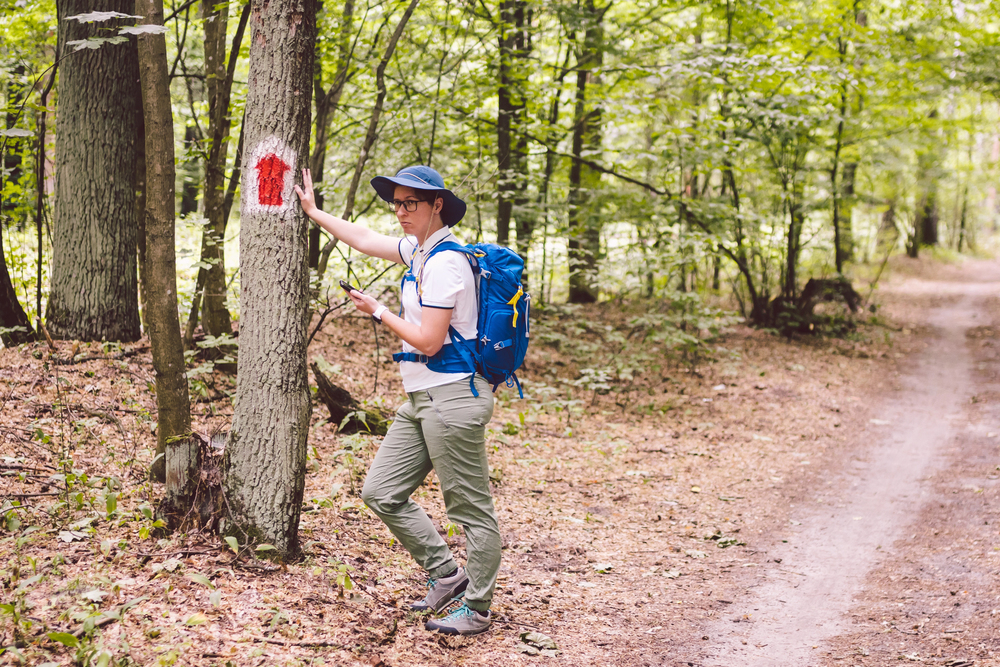
Extreme locations often have delicate ecosystems and unpredictable conditions. Stay on marked trails to avoid damaging the environment or getting lost. Be mindful of wildlife—maintain a safe distance and never feed or provoke animals. Pay attention to signs of natural hazards like unstable terrain or rising tides. Respecting nature means respecting your safety by avoiding unnecessary risks or disturbances.
Travel with trusted companions
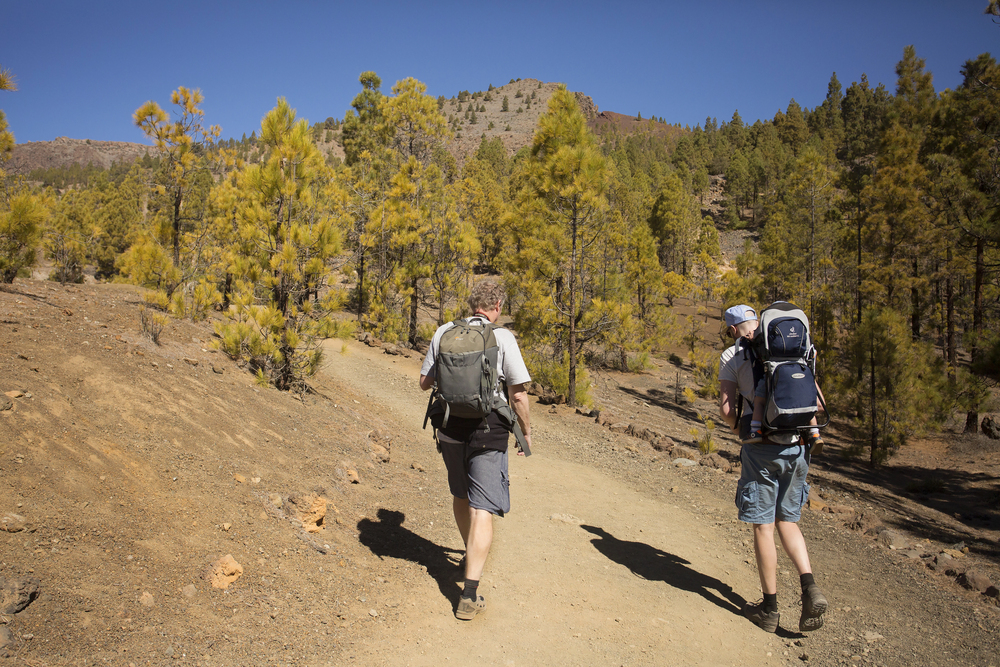
Having reliable travel partners increases safety, especially in extreme situations. Companions can provide support, share responsibilities, and help in emergencies. Choose people who understand the risks and share your level of preparation and caution. Agree on communication and decision-making strategies before setting out to avoid confusion. While solo travel has its appeal, extreme adventures usually benefit from teamwork.
Stay hydrated and nourished

Your body needs fuel and fluids to keep up with the physical and mental demands of extreme travel. Carry enough water and know where to refill safely, especially in hot or dry climates. Pack high-energy, easy-to-carry snacks that won’t spoil, like nuts, dried fruits, or energy bars. Avoid alcohol or excessive caffeine, which can dehydrate you or impair judgment. Proper nutrition and hydration help maintain focus and physical resilience.
Monitor weather conditions closely

Weather can change quickly in extreme environments, turning a manageable situation into a dangerous one. Check forecasts before and during your trip, and understand local weather patterns that might not show up in general reports. Be prepared to adjust plans if storms, high winds, or temperature drops are expected. Taking shelter or postponing activities when conditions worsen is a smart move, not a sign of weakness. Respecting weather warnings keeps risks in check.
Keep communication open
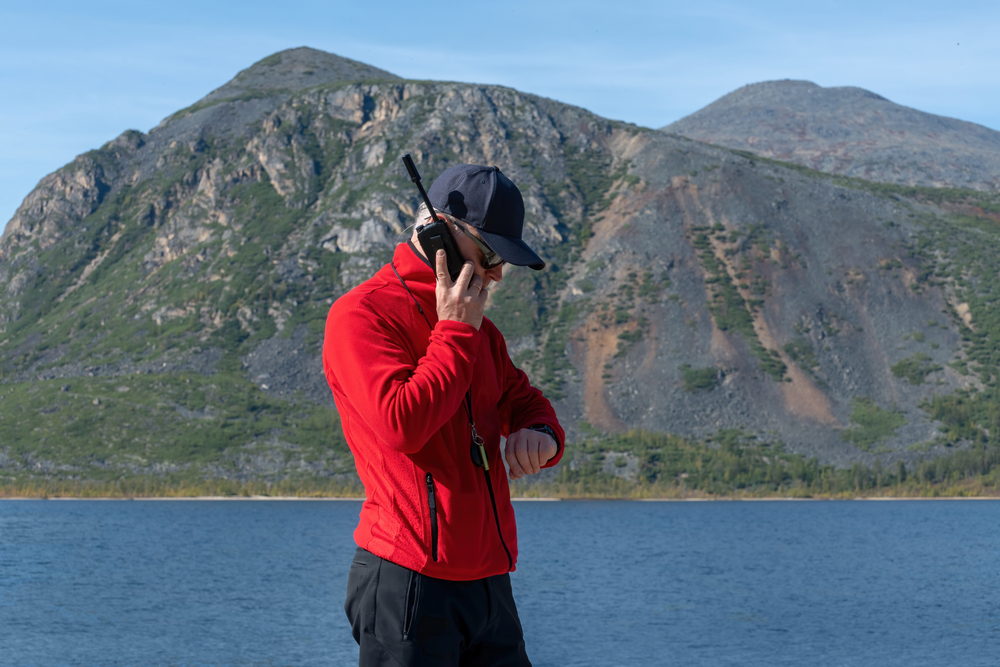
Staying connected can be a challenge in remote places, but it’s vital for safety. Use satellite phones, emergency beacons, or apps designed for off-grid communication to keep in touch. Share your location and status with trusted contacts regularly. In case of an accident or getting lost, quick communication can speed up rescue efforts. Don’t rely solely on cell phones—have backup options for staying reachable.
Trust your instincts
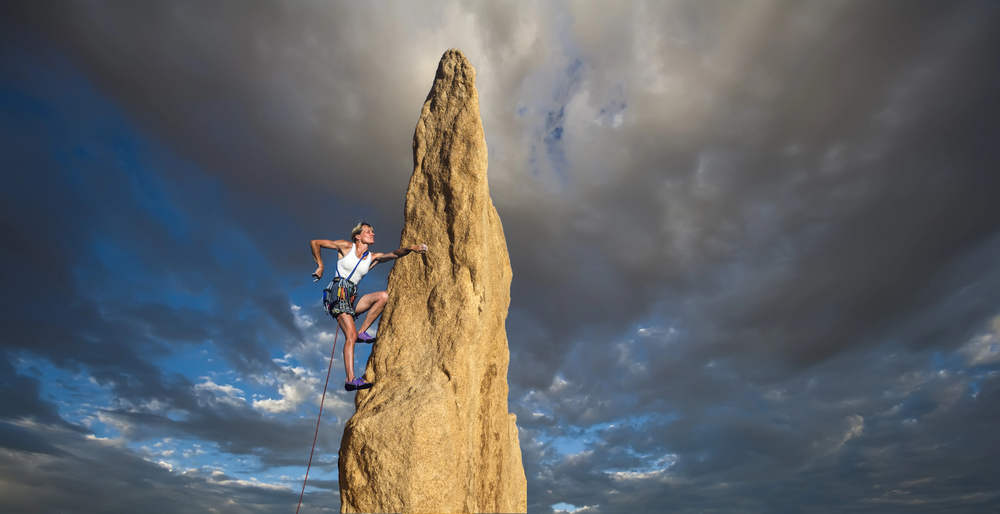
Your gut feeling is a powerful safety tool. If something feels off or risky, pause and reassess before moving forward. Whether it’s unstable ground, uneasy weather, or a strange local situation, paying attention to your instincts helps avoid hazards that might not be obvious. Confidence is important, but so is humility in the face of unknowns. Trusting yourself often means making the safest choice.
Avoid unnecessary risks
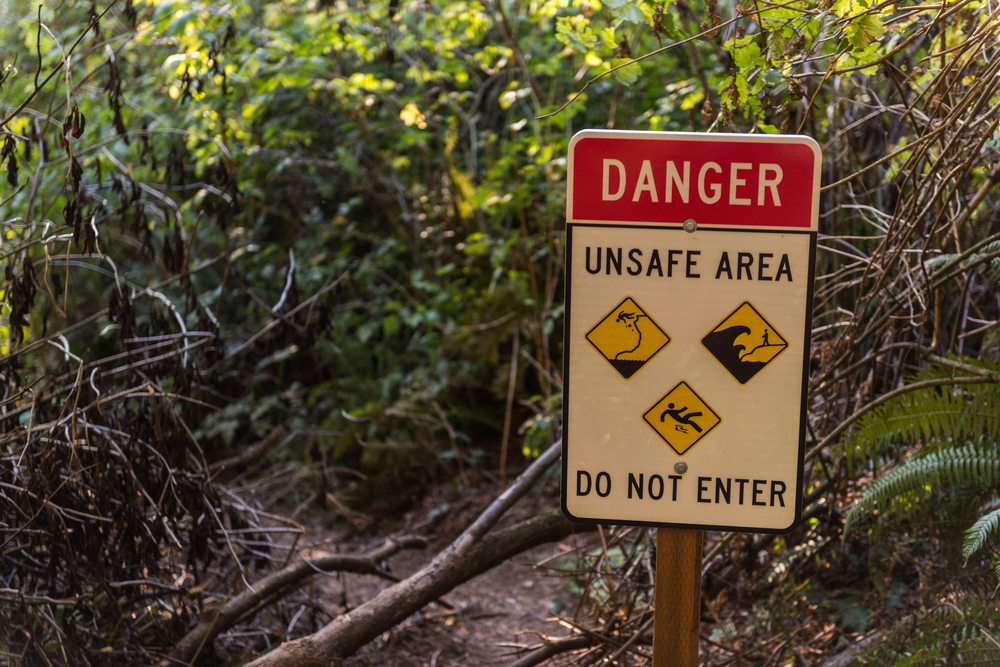
Extreme travel already involves danger, but that doesn’t mean tempting fate is wise. Avoid activities or shortcuts that increase risk without clear benefits. Following established safety protocols and guidelines isn’t boring—it’s smart. Sometimes the best decision is to turn back or skip a challenge if conditions aren’t right. Staying alive and well is the priority, no matter how tempting a risky stunt may seem.
Keep an eye on your mental health
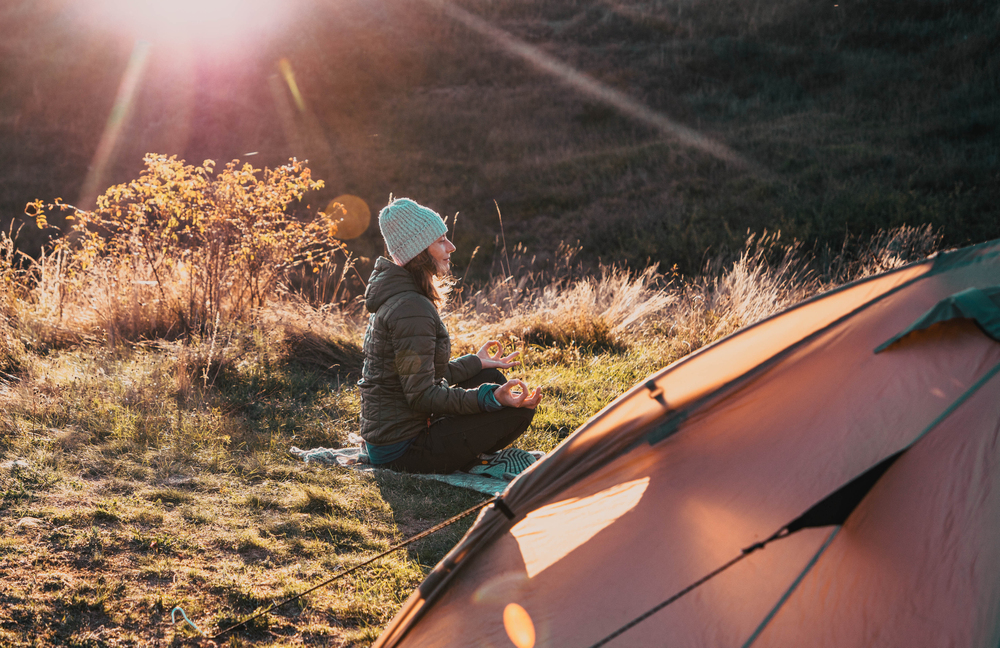
Challenging environments can affect your mood, concentration, and decision-making. Extreme travel often means isolation, physical strain, and unpredictability, which can be stressful or overwhelming. Take breaks, practice mindfulness, and communicate openly with companions about how you’re feeling. Managing stress helps keep your mind sharp and your reactions quick. Mental resilience is as crucial as physical preparedness.
Be cautious with local wildlife
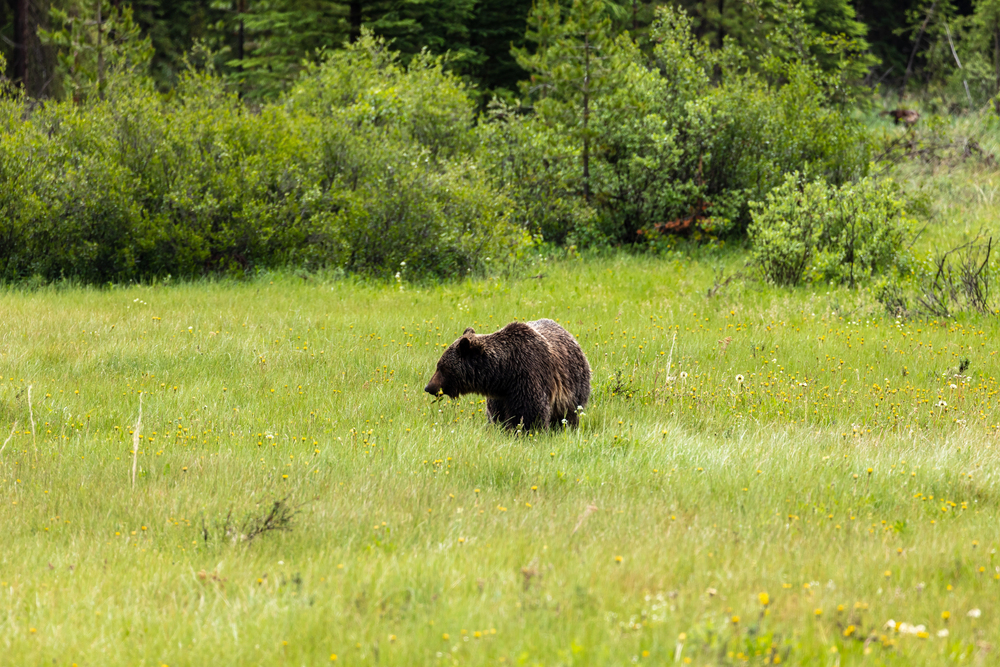
Encounters with wildlife are part of the appeal but can also pose serious risks. Learn about the animals native to your destination and how to behave around them safely. Avoid feeding or approaching wild creatures, and secure food properly to prevent attracting animals to your campsite. Insect protection is also key—use repellents and proper clothing to guard against bites or stings. Respecting wildlife boundaries protects both you and the environment.
Maintain situational awareness
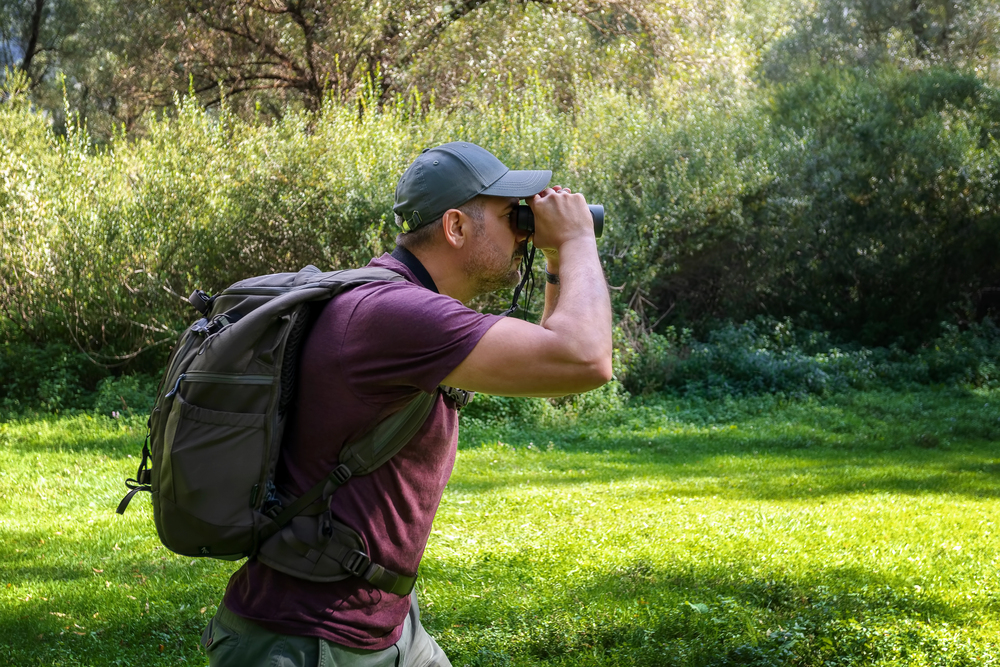
Constantly scanning your surroundings keeps you ahead of potential dangers. Pay attention to changes in terrain, weather, or the behavior of people nearby. Avoid distractions like excessive phone use or loud music when moving through risky areas. Being present helps you spot hazards early and respond calmly. Situational awareness isn’t about paranoia—it’s about staying alert enough to adapt quickly.
Prepare for emergencies
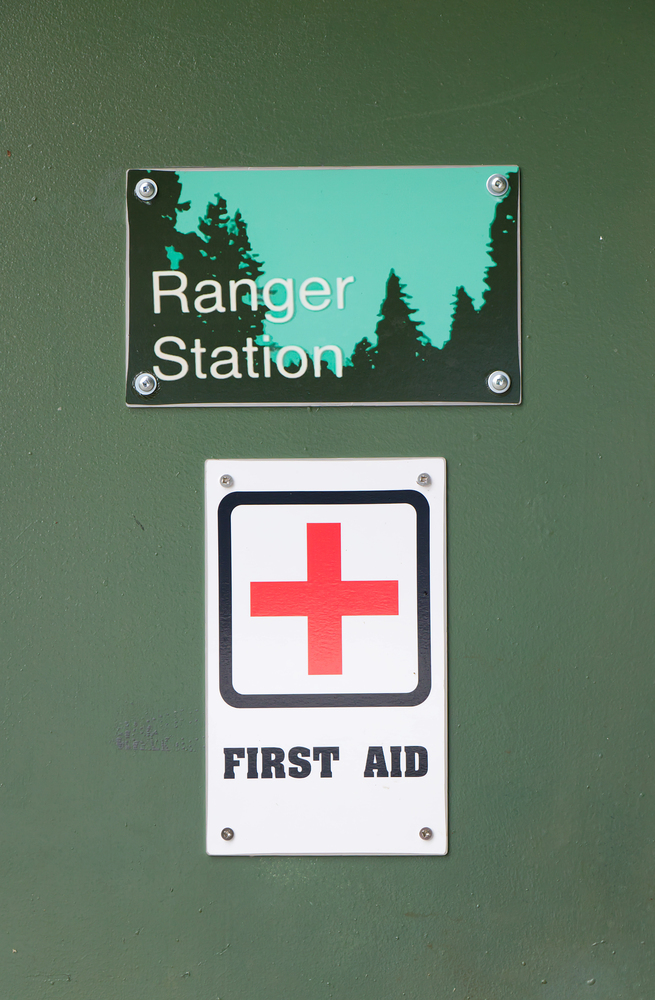
— Photo by Margarita_Young
Even with all precautions, things can go wrong. Have a clear emergency plan that includes contacts, evacuation routes, and medical procedures. Carry identification and any necessary medical info, like allergies or medications. Know where the nearest help points or ranger stations are located. Practicing emergency drills or scenarios before traveling can make your response automatic under pressure. Preparation reduces panic and speeds recovery.
A balanced approach to bold adventures
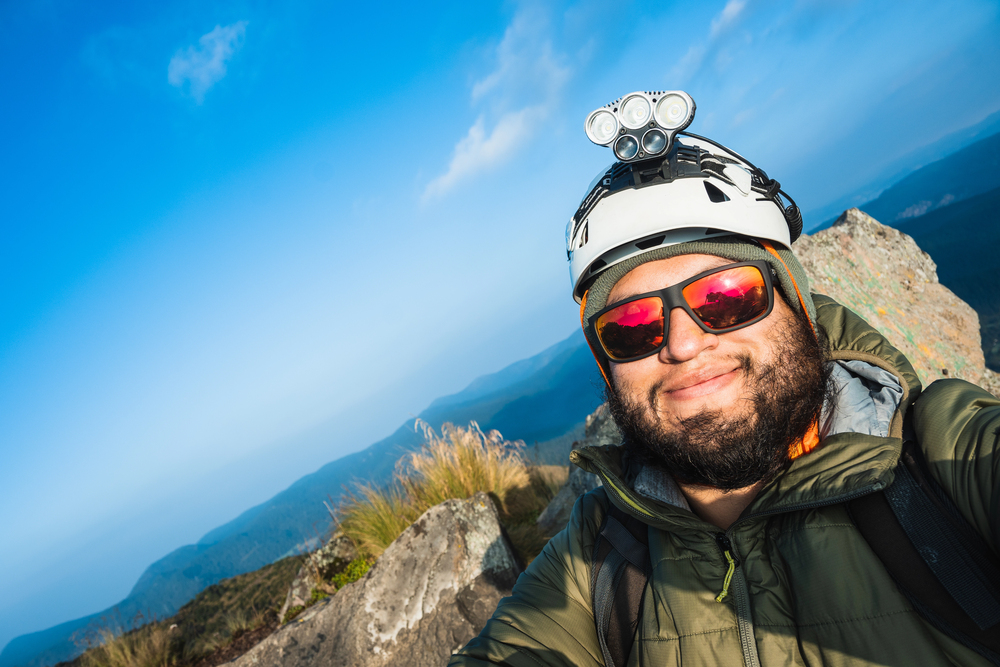
Extreme travel is thrilling because it challenges limits, but safety must remain at the core of every decision. The best adventures are those that leave you enriched, not injured or stranded. By combining thorough planning, the right gear, solid skills, and respect for your surroundings, you create a buffer between risk and reward. Extreme doesn’t mean reckless—it means pushing forward while staying smart. These safety tips build a foundation for journeys that are as memorable as they are safe.
More from Travel Pug

- 20 Best Beach Towns in the Carolinas
- 13 Destinations Where Tourists Regularly Regret Their Trip
- 20 Things You Actually Get in First Class
- 20 Small Airports With Aviation Museums
- 20 Places in the U.S. That Are Perfect for a Reset Trip
Like Travel Pug’s content? Follow us on MSN.
